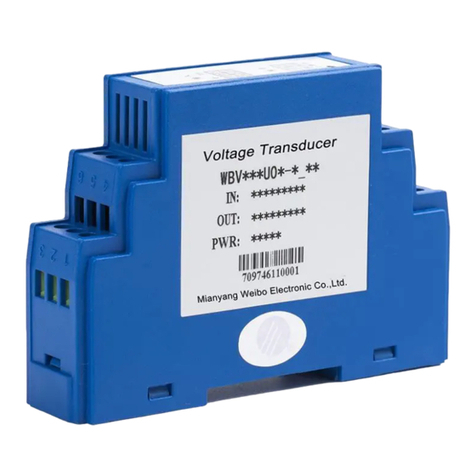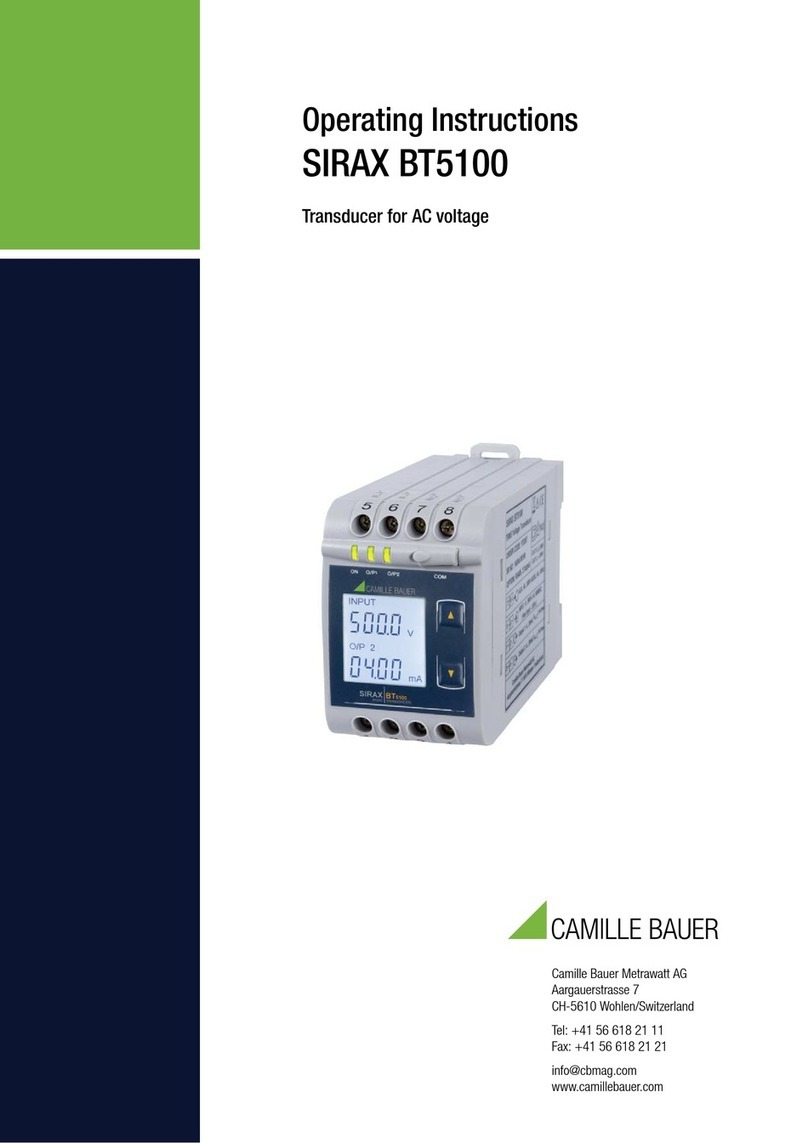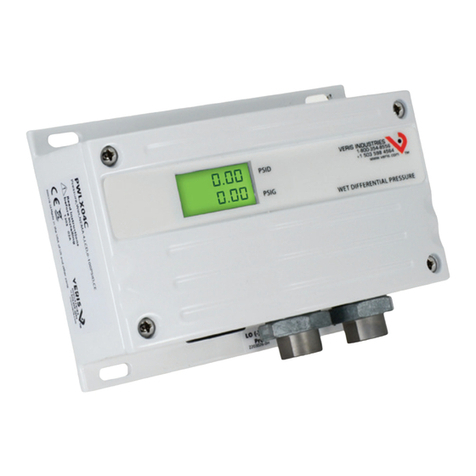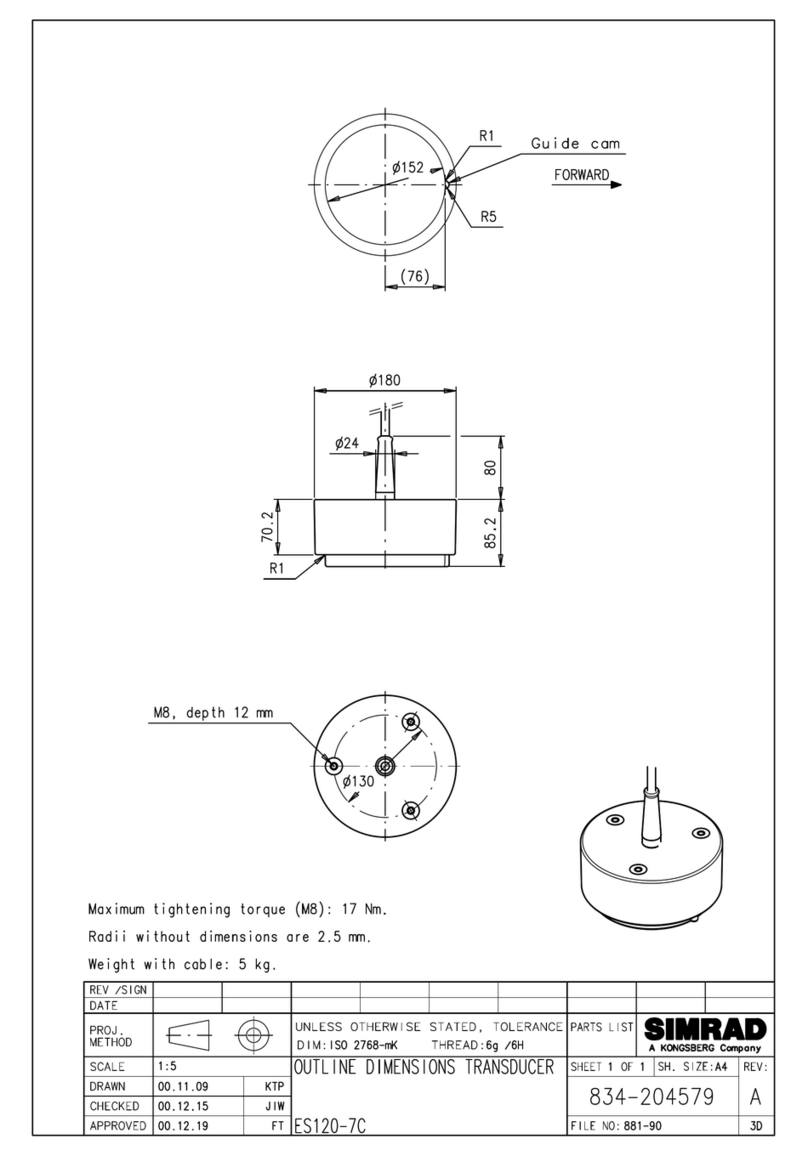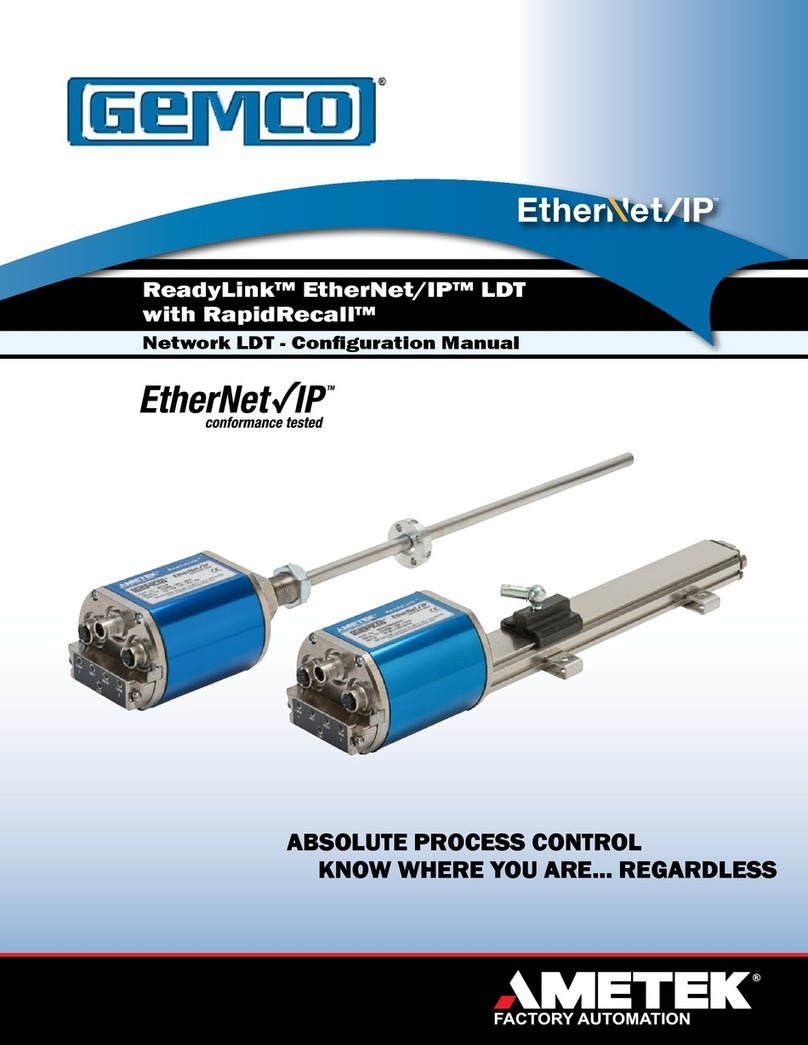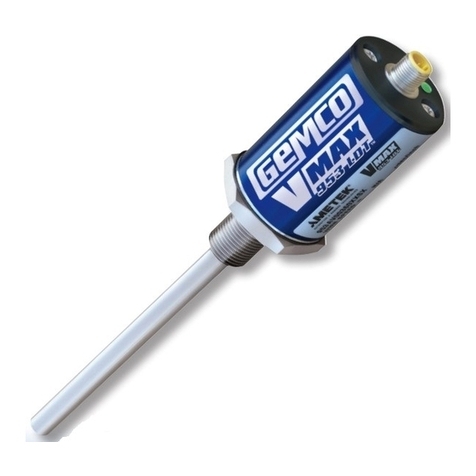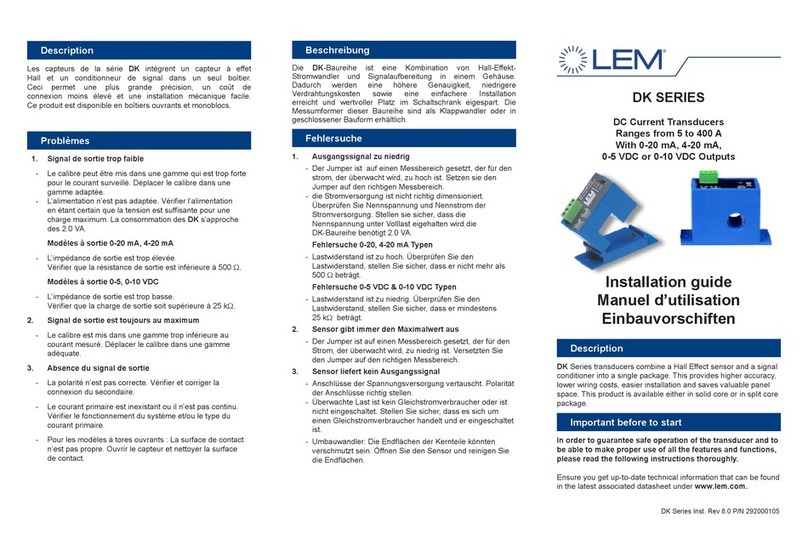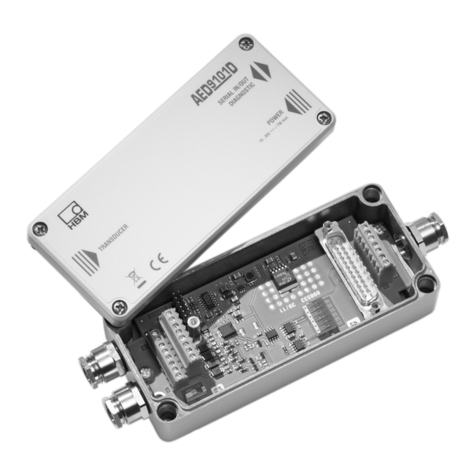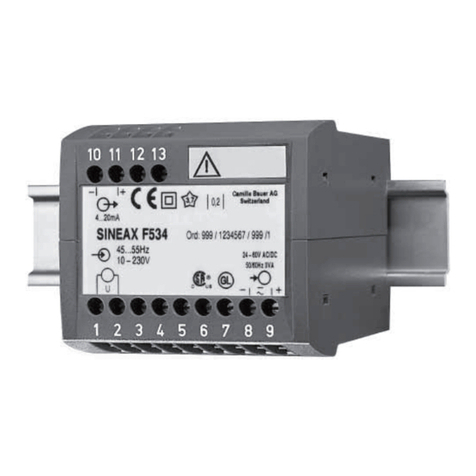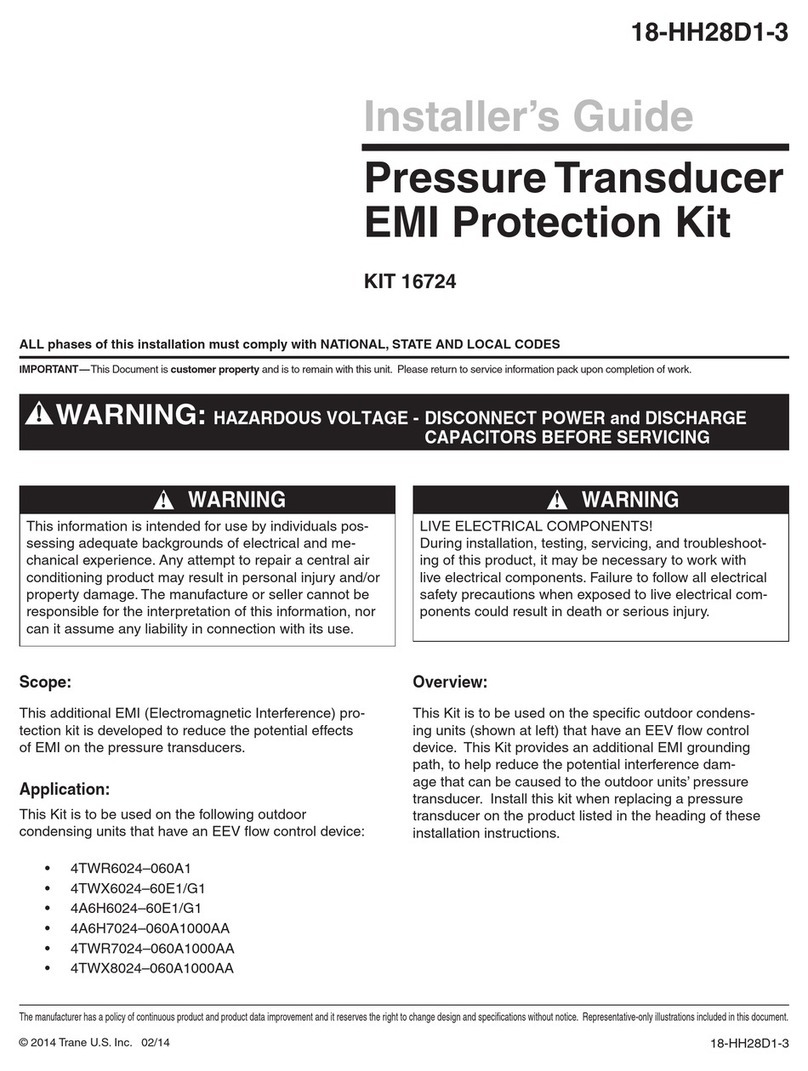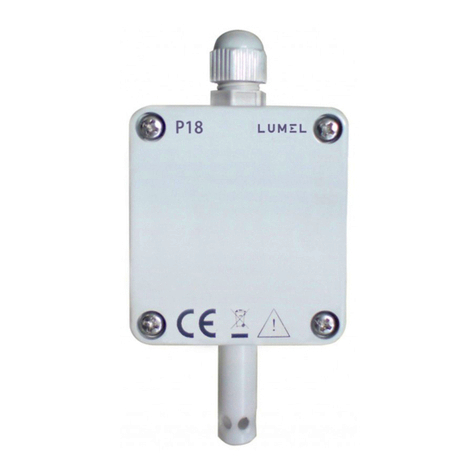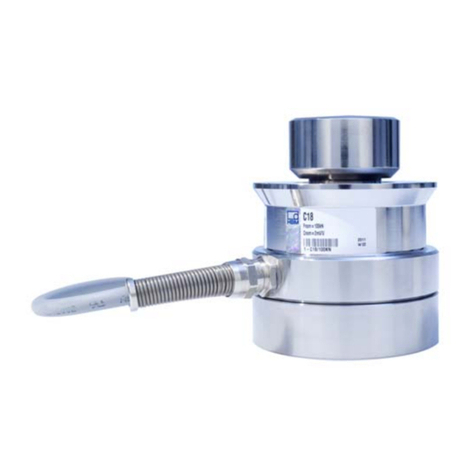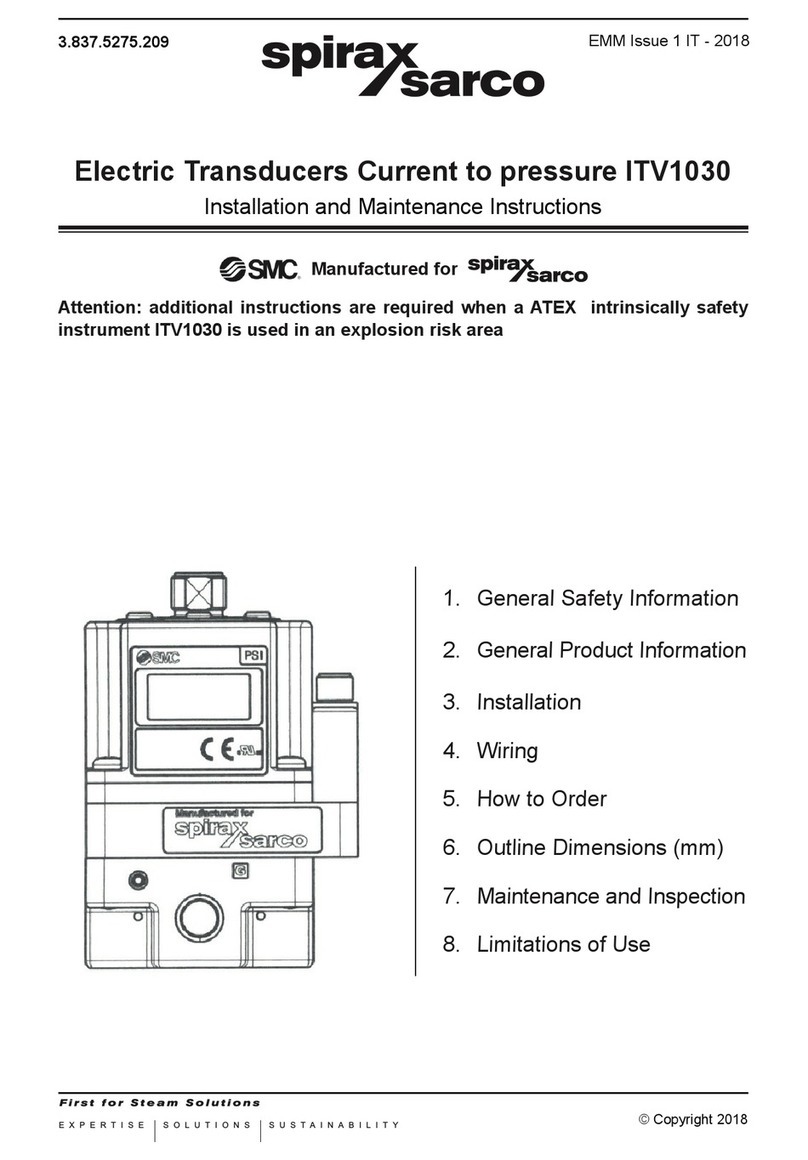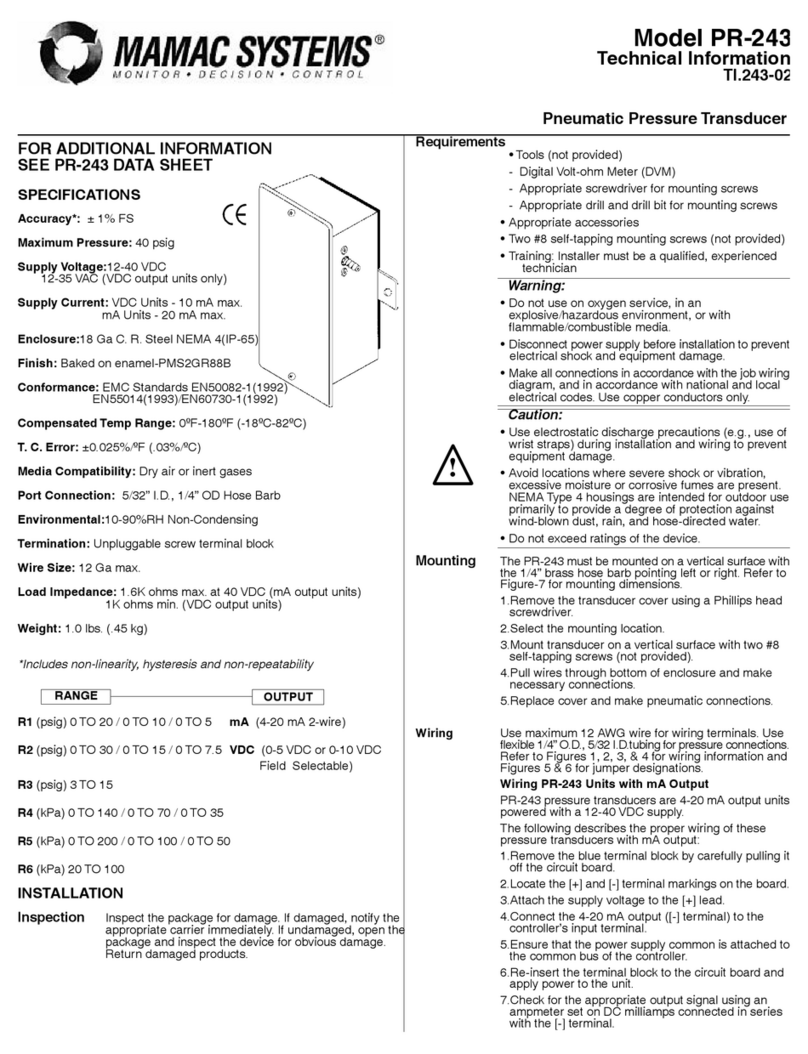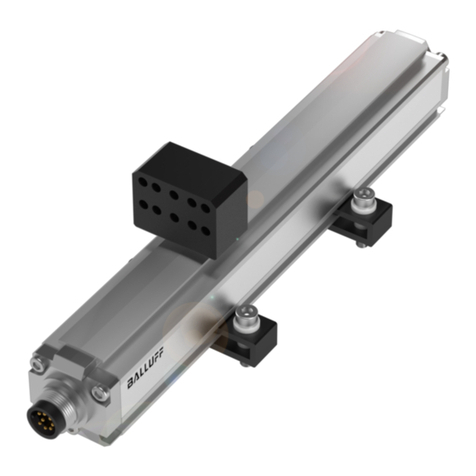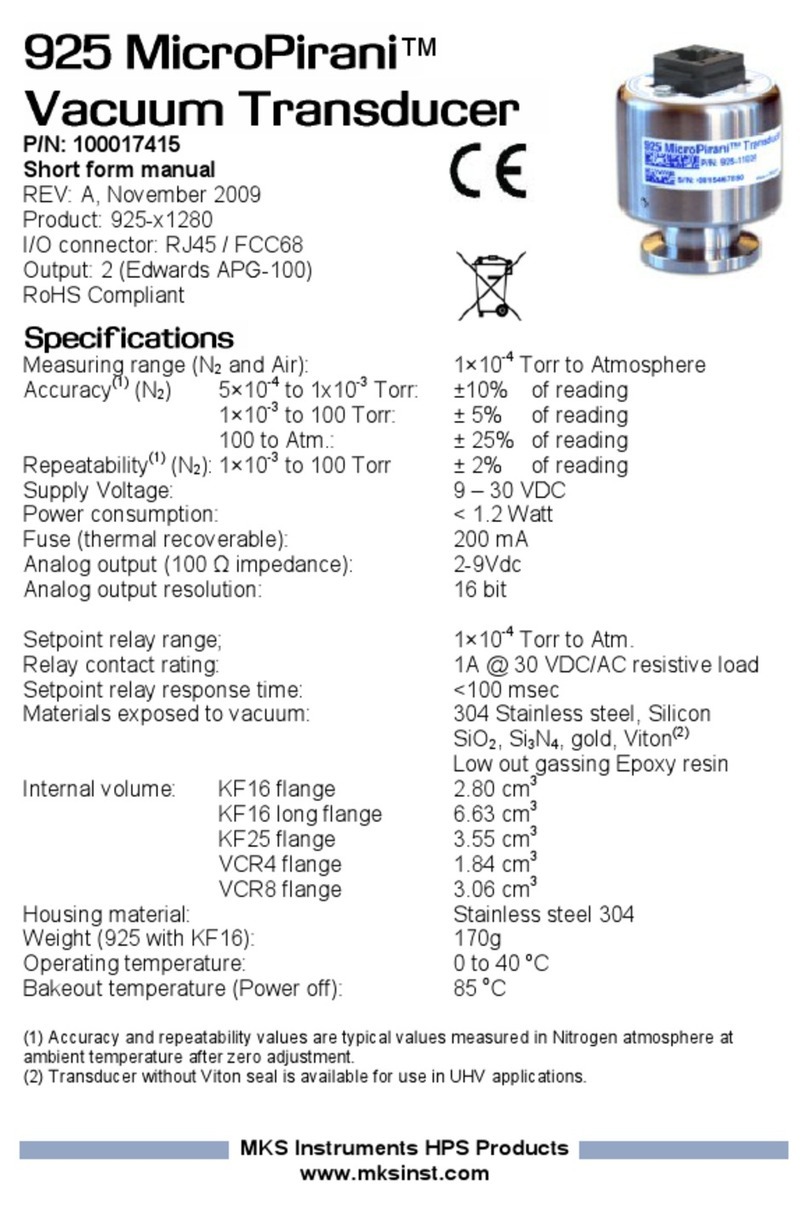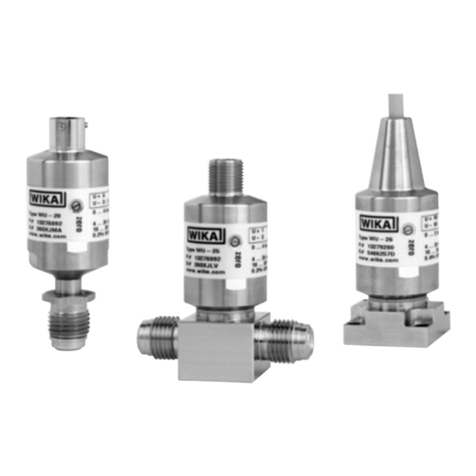
Chapter 3: 955QD Overview
Installation, Programming and Maintenance Manual
5
The TTL level threshold signals are activated when these inputs exceed the typical TTL level threshold,
which is 2.0VDC.
Additionally, for the 24VDC level signals, the customer can specify either a “sourcing” or “sinking” type of
input. A “sourcing” input type is pulled high internal to the probe. To activate a “sourcing” input, the
customer must pull the signal lower than the threshold voltage to activate the input. A “sourcing” input
is usually driven by a “sinking” output or a switch connected to ground. A “sinking” input type is pulled
low internal to the probe. To activate a “sinking” input, the customer must pull the signal higher than the
threshold voltage to activate the input. A “sinking” input is usually driven by a “sourcing” output or a switch
connected to the power supply.
It is important that the customer drive the signal levels much greater or lower than the threshold voltages.
Asserting a signal with a voltage level close to the threshold voltage could induce multiple activations of that
input (or none at all) and therefore produce unexpected results or probe readings.
Outputs
The quadrature probe has three outputs, the “A”, “B” and “Z” outputs. These outputs are “differential” (also
known as “balanced”). That is, the connection for each output consists of two signal wires. These are typically
described as the “+” and “-” signals. For example, the “A” channel consists of “A+” and “A-”. The same
applies to the B and Z channels. For these (differential) outputs, the signal is measured with reference to
the other signal (i.e. the difference or differential). For example; if the “A+” signal voltage is greater than the
“A-” signal, channel “A” is a logic “1”. Conversely, if the “A+” signal voltage is lower than the “A-” signal,
channel “A” is a logic “0”. Again, this applies to the B and Z channels as well. Differential type signals
are much less prone to interference caused by electrical noise or ground loops more often found in single
ended signal connections.
The differential outputs of the A, B and Z channels are at RS-422 signal levels on option D (output drivers)
units. RS-422 is a well known TIA/EIA standard and common interface type for incremental encoders. The
RS-422 receiver channel (on the PLC or controller side of the connection) typically has what is referred to as a
termination resistor connected across the “+” and “-” signal pins. The value of the termination resistor is (by
RS-422 specications) typically 100 ohms. However, some receivers will work with greater resistance values
and some with no termination resistor at all. For proper signal integrity, especially at higher data rates (i.e.
quadrature pulse frequency), a termination resistor of no greater than 1Kohm is recommended.
Driving Single Ended Inputs
A differential output can also be used to drive single ended inputs. Special consideration must be given to
these types of applications. It should be noted the main signal requirements for an RS-422 signal is the
differential voltage of the “+” relative to the “-” signals and not necessarily the voltage level of any one of these
signals with respect to ground (or common). To meet the RS-422 specication, this differential voltage only
needs to be +/- 0.2 volts. However, an RS-422 driver will typically drive either the “+” or “-” signal to around
3.8 volts with respect to ground. This voltage is more than sufcient to drive TTL level inputs as well as
other low level inputs. The input voltage level specications of the PLC or controller being used should be
consulted for the actual level required.
When using PLS’s or controllers that are not TTL compatible output driver option “L” should be used.
Option “L” uses a 0L7272 line driver I.C. The output from this driver will be 1 volt less than the LDT’s
input power.
When physically connecting a differential output to a single ended input, only use the “+” signal, leaving
the “-” signal unconnected. Do NOT connect the “-” signals to ground. The “A+, “B+” and “Z+” signals
should be connected to their corresponding inputs. Insulate and tie back the “-” signals. See gure 3-5,
Single Ended Interface.
